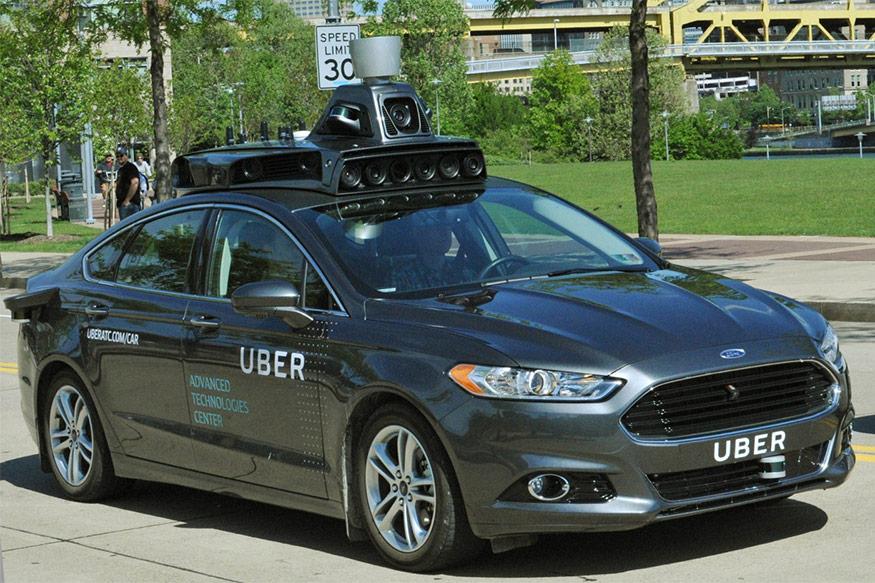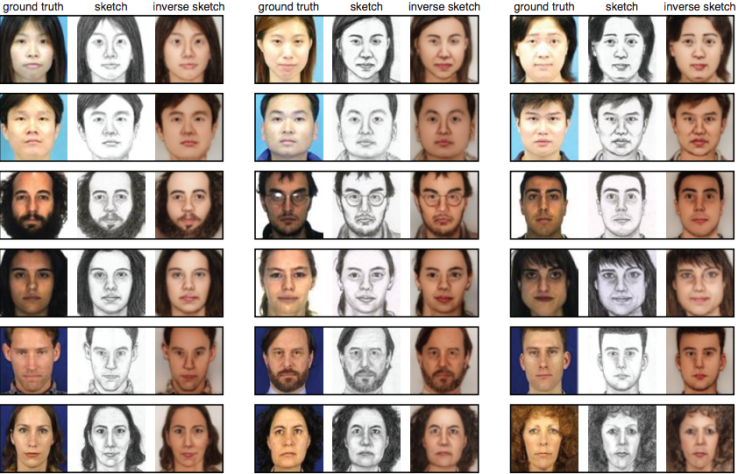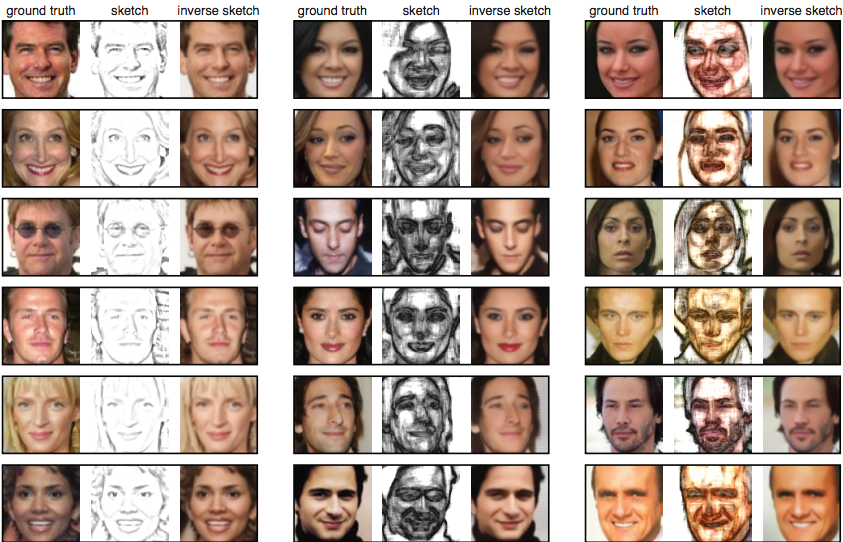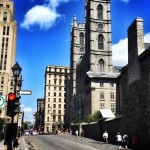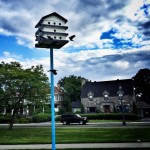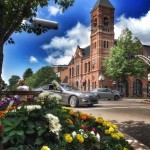Still self-driving cars are not on the road, but when they will make their entry in the market, they will surely give a huge impact on the economy and society as a whole. It is expected that Uber’s self-driving will hit the road this month that is the biggest surprise for all the people unless you are a driver. However, they are not the only ones that are affected by the penalties of robot-induced unemployment could ultimately through the rest of the economy.
If Uber will launch its self-driving cars, what will happen to Uber’s 1 million drivers? And what about 3.5 million truck drivers in the US? There are enormous delivery, bus, taxi and other drivers across the world, so what about them? All these jobs are not going fade in just one single day. It could take 20 years, but if we will not plan for it, it can cause mass hardship for some while delivering mass convenience to others.
Undeniably, self-driving cars are the future of the self-driving economy, and it is also expected that it will be safer and relaxing for travelers. Moreover, it will also decrease the traffic and carbon emissions. For knowledge workers, they could also free up productive time, which used to be spent stuck behind the wheel. It will be a lot cheaper compared to paying a person to pilot the vehicle.
Bloomberg writes, “Trips will be free for the time being, rather than the standard local rate of $1.30 per mile. In the long run, [Uber CEO Travis] Kalanick says, prices will fall so low that the per-mile cost of travel, even for long trips in rural areas, will be cheaper in a driverless Uber than in a private car.”
Uber have also declared that it has acquired a self-driving truck company.
Dropped Off
When it comes to talking about the problem, it establishes the core form of low-skilled labor along with the cashiers and fast-food prep. For all of them, robots are coming very soon; however, some people are arguing that technology will produce new jobs for these people.
Many people are arguing that technology will not create new jobs for these people. Possibly, they will not be attainable by those losing their low-skilled ones but it may create new job opportunities.
When cars first invented, they threatened the low-skilled laborers, which used to bring people and objects across horses. The idea is that the better and wonderful technology will create better jobs for horses as rested out by this fanciful Humans Need Not Apply video.
Do you know what this shift to autonomy? What will it do and impact the economy of the replaced low-skilled laborers up to the owners and designers of the self-driving fleets? As it is a Marxist nightmare. However, the software has already been causing the similar effect; however, the explosion of autonomous robots will enable this revolution to grow beyond bits and invade the realm of atoms.
Kalanick and some of the other advocates of self-driving cars are discussing that they will make the road safer for self-driving cars. McKinsey&Company report also estimated that self-dependent cars could reduce traffic fatalities by up to 90% by mid-century.
Recently, there have been lots of high-profile accidents, comprising a fatal crash in May involving a Tesla Model S, which was in autopilot mode.
Kalanick said, “Google has been working on self-driving cars for eight years. And there’s a reason. A million people die every year in cars, from human error. People making mistakes when they’re driving. And there are tens of millions of people getting injured”.
He also added, “Then think of the trillions of hours that we spend behind the wheel driving. There will be a huge, huge positive impact on society when driverless cars become a thing.”
